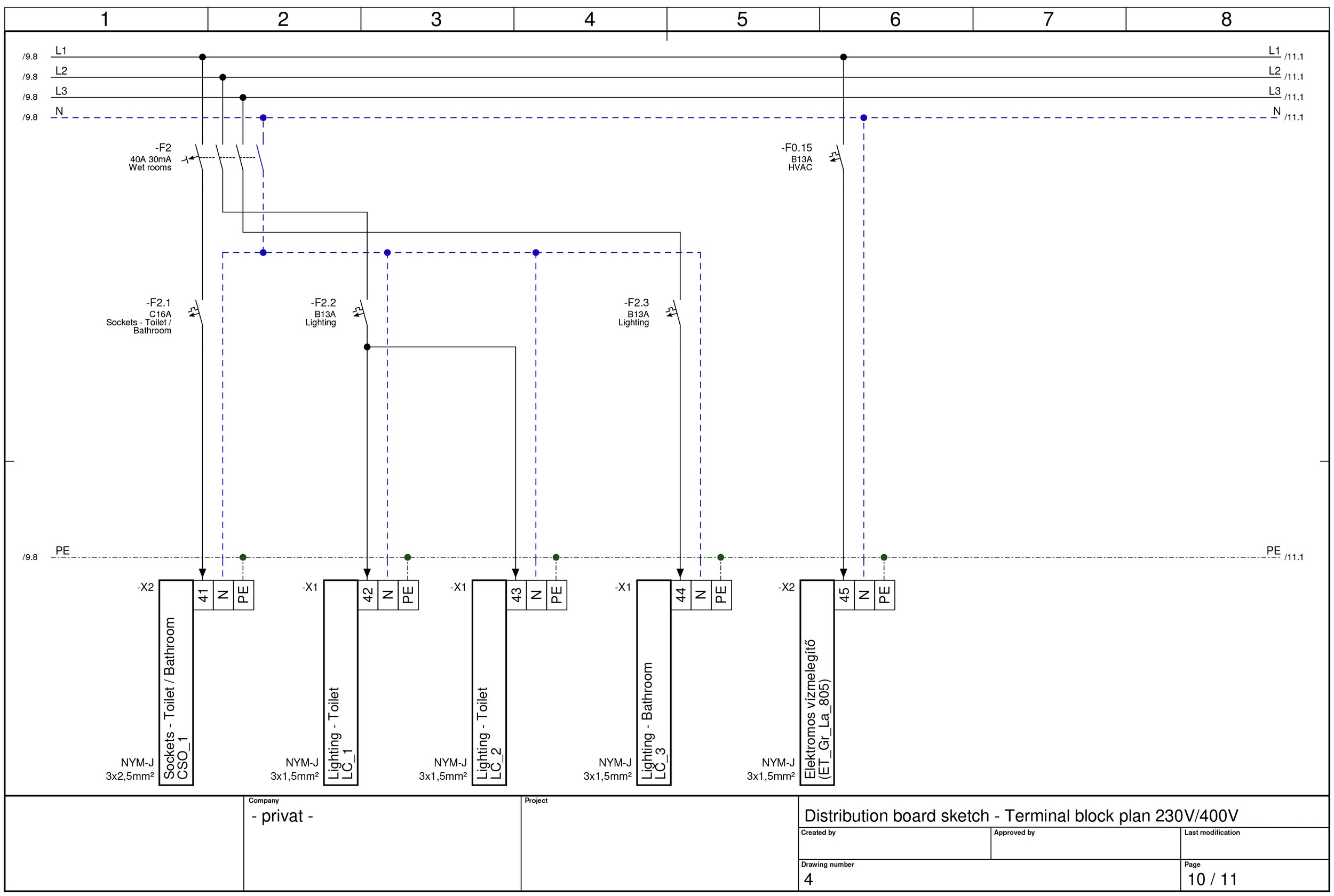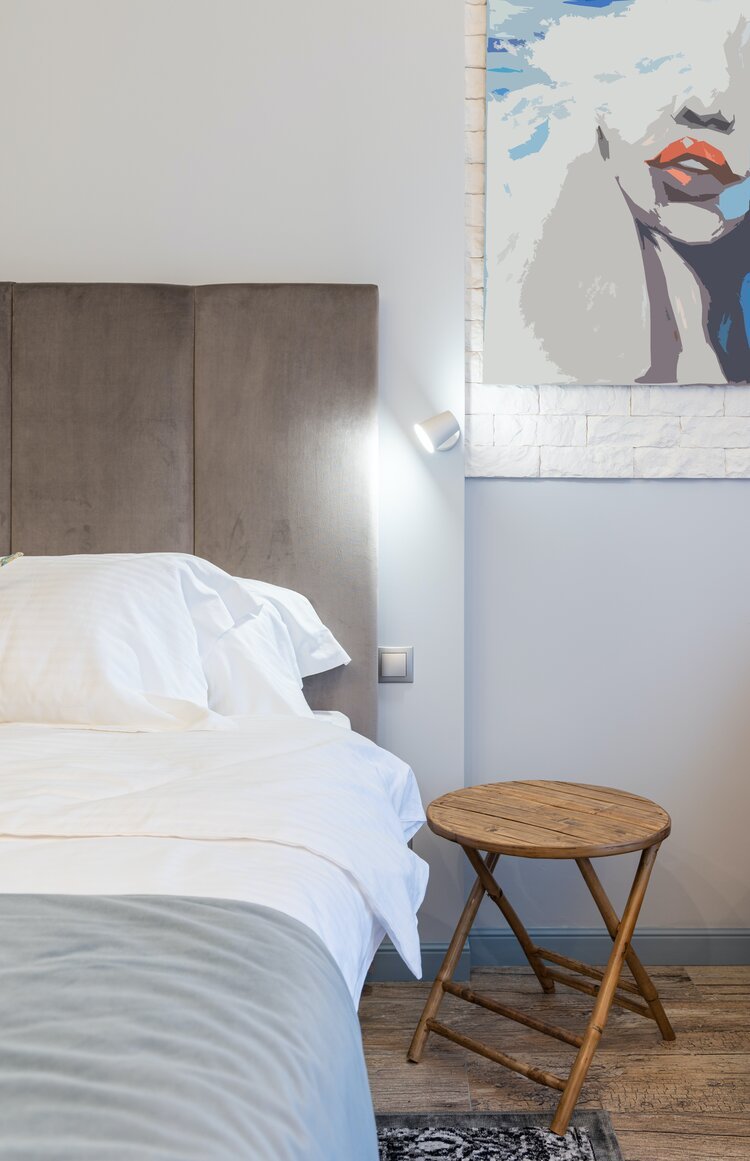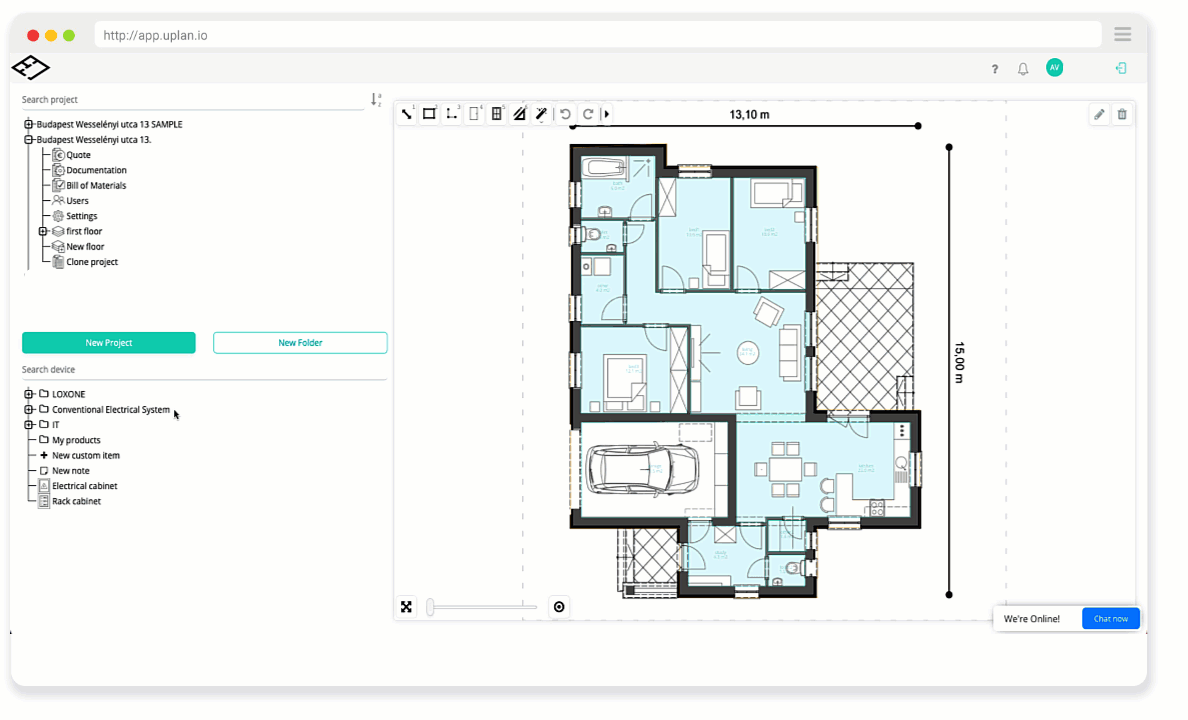Everything you need to know about electrical planning
1. What is an electrical plan?
It is the visual and drawn description of our buildings circuits and electrical properties, also known as wiring diagram or electrical drawing. It includes lines
and symbols in a layout that represents the electrical system of the property, usually designed by an electrical engineer. With the help of an electrical plan, we should be able to showcase the positioning of the used devices in the project, their technical details and how they fit into the electrical system as a whole.

An electrical plan includes the following:
- cable routing diagram – the positioning of the electrical cabinets, cable types and their routes, the positioning of every electrical equipment and device in the building
- electrical distribution wiring diagram – devices in the electrical cabinet and their wiring
- quotation – device price and items list, service fee, item number
- bill of material
- technical description
- topological drawing – the form taken by the network of interconnections of the circuit components
2. The goal of designing an electrical plan:
Our goal should always be designing a well functioning system that takes into consideration how this system will be used in the first place.
We face a long list of questions when it comes to designing an electrical plan. It is crucial to set all the requirements and functions we wish to include in our project prior to the planning process in order to receive a plan best fit to our needs.
These are just a few examples of what issues need to be addressed in advance. We have to go through them one by one and think of all the electrical equipment we will have and use in our building as they all need to be included in our plan, such as the dishwasher, fridge, freezer, microwave, washing machine, ironing station and we have to calculate with their power supply requirements.
After the basic equipments, there are other functions we need to consider, like our HVAC system (radiator, air conditioning, floor heating), or ventilation. Every additional technical equipment, such as heat-pump, gas furnace, solar collector and any upcoming extra addition to our system, like electric shading for the windows, electric car cable supply, solar panels, automated gate opener, sauna, jacuzzi. When all of these are done, don’t forget about the communication and wireless network system preferences, the safety-, or alarm system and the background music.
As you can tell, it is quite a complex system we need to design.
3. The result of the electrical plan – what’s in it?
When all of these questions are cleared up, the electrical engineer should be able to provide a plan of our building, including all of the necessary functions we need, positioned in its place. There are several standards an electrical plan should be designed by. According to the room type and size, we need a certain amount or special type of socket outlets for the different equipment.
When you receive the plan, you should have the list and positioning of the circuits, lighting, socket outlets, switches, alarm system, other fixed electrical equipment, shading and their switches, speakers, system connections, thermostat and others, such as USB chargers.
In case of a home-automation system the list is the following:
- security
- lighting
- control
- HVAC
- multi-audio
- and any other personalized function we wish to include
IT Network:
- wifi and the wall connectors
Detailed Technical documentation:
- pinout
- electrical distribution board drawing
- quote
- bill of materials
4. Tips on how to design your electrical plan:
The most important thing to consider is how the system will be used in our everyday life. Every function has its place, and it needs to be created to make it easy-to-use and comfortable. If you happen to walk around your home at night, make sure to plan the night lighting system or a switch next to your bed. Is it better for you to have an automatic shading system or a switched one? A common mistake is not putting in enough socket outlets in your home, such as the kitchen, which can be avoided easily. Maybe include sockets with USB outlets, if that is your preference. Always keep in mind all the functions you’re going to need and think through what the electrical needs would be for it.

5. Create your own electrical plan
Designing your electrical system might seem like a complicated task at first glance, but it can be easier than you think:
With our electrical planning tool, uPlan, you can simply upload your layout and add the desired functions to you plan such as lighting, shading, security etc and as a result it will be able to give you a good estimate of what costs you are going to face, what functions are necessary and you can compare different solutions in seconds. Use the uPlan Wizard tool and it will place down all the required devices in the appropriate room for you, or you can choose to do this process manually. After your project is ready, you can download the detailed technical documentation of your building, including cabling, pinout, bill of materials, Wifi coverage or an electrical distribution wiring diagram.

Start now & create your first project for FREE: